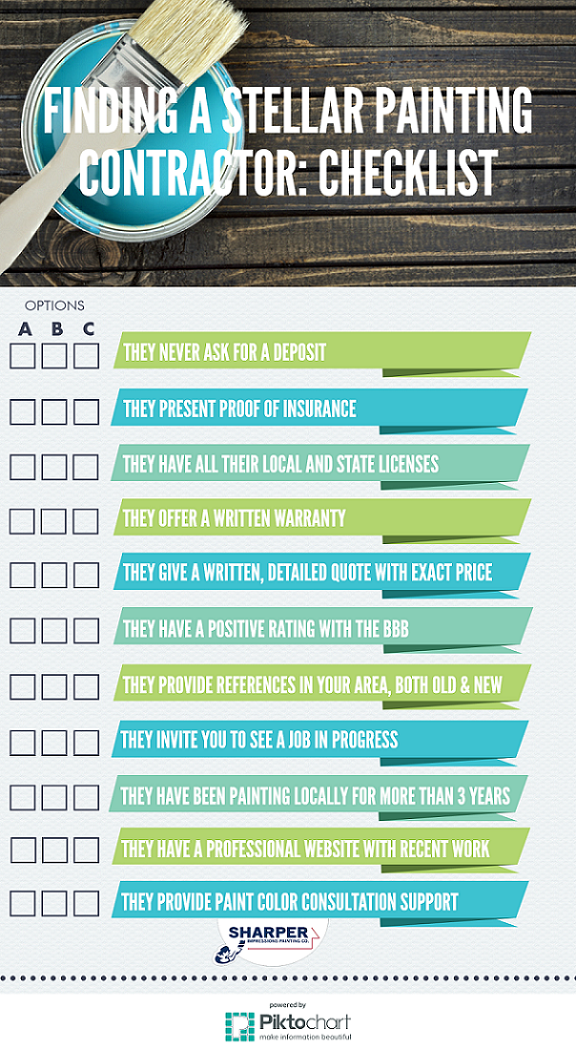Crucial Seasonal Aspects Of Commercial Outside Paint: What You Must Recognize
Crucial Seasonal Aspects Of Commercial Outside Paint: What You Must Recognize
Blog Article
Short Article Author-Aguilar Bagger
When you're planning a commercial exterior paint job, seasonal variables can make or break your results. You'll want to take into consideration exactly how temperature level and humidity effect paint application and drying times. Choosing ceiling color same as walls can ensure your paint adheres effectively and lasts longer. Yet which seasons are absolutely the very best for this kind of job? Allow's check out the key elements that can affect your job's success.
The Influence of Temperature on Paint Application
When you're planning a commercial exterior paint job, the temperature level can significantly influence how well the paint sticks and dries.
Preferably, you intend to paint when temperatures range in between 50 ° F and 85 ° F. If it's too cold, the paint may not heal effectively, bring about problems like peeling or breaking.
On the other hand, if it's also warm, the paint can dry also swiftly, protecting against appropriate adhesion and leading to an irregular coating.
You should likewise take into consideration the time of day; early morning or late afternoon uses cooler temperature levels, which can be a lot more favorable.
Always examine the maker's referrals for the details paint you're utilizing, as they commonly offer guidance on the excellent temperature level variety for ideal outcomes.
Moisture and Its Effect on Drying Times
Temperature level isn't the only environmental factor that influences your industrial outside painting task; moisture plays a significant function too. High humidity degrees can decrease drying out times drastically, impacting the general high quality of your paint task.
When the air is saturated with moisture, the paint takes longer to treat, which can lead to concerns like poor bond and a greater danger of mildew growth. If you're repainting on an especially moist day, be prepared for extensive wait times in between layers.
It's vital to keep an eye on neighborhood climate condition and plan appropriately. Ideally, aim for humidity degrees in between 40% and 70% for ideal drying out.
Keeping these factors in mind ensures your job stays on track and supplies a long-term surface.
Best Seasons for Commercial Exterior Paint Projects
What's the most effective season for your business outside painting tasks?
Springtime and early fall are normally your best choices. During these periods, temperatures are light, and moisture degrees are often reduced, creating perfect problems for paint application and drying.
Avoid summer season's intense heat, which can create paint to completely dry as well promptly, causing bad bond and surface. Likewise, winter months's chilly temperature levels can impede proper drying out and healing, taking the chance of the durability of your paint job.
Go for days with temperatures in between 50 ° F and 85 ° F for optimal outcomes. Remember to check the local weather forecast for rainfall, as wet problems can destroy your task.
Read the Full Report around these variables ensures your painting task runs efficiently and lasts much longer.
Conclusion
Finally, planning your industrial exterior paint tasks around seasonal factors to consider can make a significant distinction in the end result. By scheduling work throughout the perfect temperature levels and humidity levels, you'll guarantee far better attachment and drying times. Keep in mind to keep an eye on local weather report and pick the right time of year-- spring and very early loss are your best choices. Taking these actions will certainly assist you accomplish a long lasting and professional finish that lasts.
